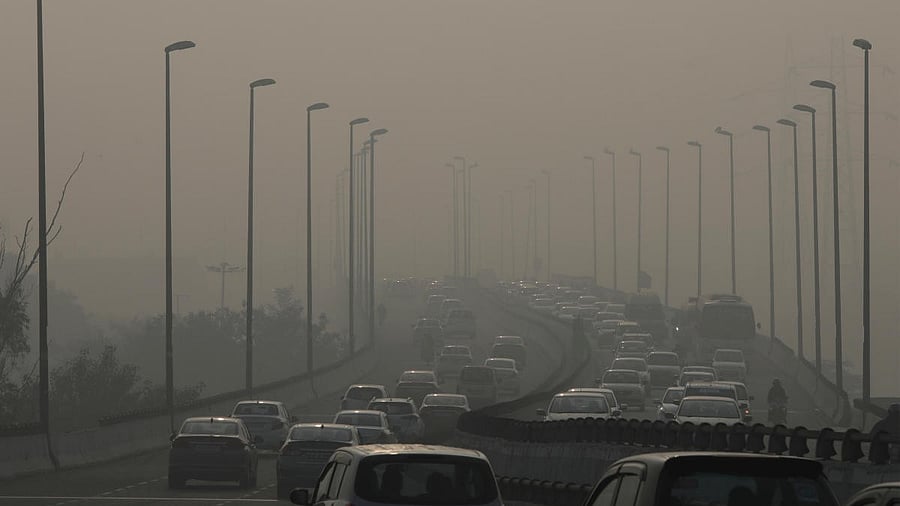
Photo for representation.
Credit: Reuters File Photo
A study published in Lancet Planetary Health has drawn attention to the threat posed to health by air pollution, especially high concentrations of PM2.5 particles, which are pollutants with a diameter of 2.5 micrometres or less, and can penetrate the lungs easily. The study included 10 cities in India. It found that even cities thought to be safe faced a significant burden of disease in the shape of ‘early pollution deaths’.
For a while now, it has been clear that air pollution has emerged as one of the most significant causes of disease. The US-based Health Effects Initiative’s report ‘State of Global Air 2024’ released on June 19 in partnership with Unicef has documented in detail the disease burden of air pollution, reporting, among other things, that air pollution is the second biggest cause of death after hypertension. The governments at the Centre and states, however, are not serious enough about providing clean air to citizens. A lot of noise is made, but not enough action is taken on the ground. India has made rapid strides in developing renewables, and the push for electric vehicles to replace those run on dirty fuel is commendable.
Nevertheless, much more needs to be done. To begin with, action must be taken to decarbonise the power grid. Given that India has the responsibility of lifting a large percentage of people out of poverty, we cannot eliminate all fossil fuels at one go. For instance, about 75% of India’s power is generated from coal. That problem will have to be solved gradually. Thus, it is important that the Global North help the South to meet planetary requirements for reducing greenhouse gas (GHG) emissions. The United States and Europe can help in two ways: by cutting their own GHG emissions drastically in keeping with the spirit of the Kyoto Protocol, and by transferring clean technologies to countries of the Global South without charging extortionate fees.
Delhi tops the list with average PM2.5 levels of 113 micrograms per cubic metre and average annual early deaths numbering 11,964. But even so-called safe cities are under threat. Thus, Bengaluru (ranked fifth in ascending order) has an average PM2.5 count of 33 and an annual early-death count of 2,102. Though cities like Hyderabad, Pune and Chennai are considered cleaner than smoggy Delhi, reports of so many premature deaths caused by air pollution from these cities are worrying and call for immediate action. Hill stations are generally associated with pristine air quality, but alarmingly, Shimla finds a spot on the list of polluted cities. The fact that safe cities are home to so many early deaths should alert the authorities. First off, India’s safe limit for PM2.5 concentration is 40 micrograms per cubic metre, while the World Health Organization’s guideline is 15. Bengaluru is situated between the two, as are Chennai, Ahmedabad, Hyderabad, and Shimla. For starters, India must revise its air quality standards.
